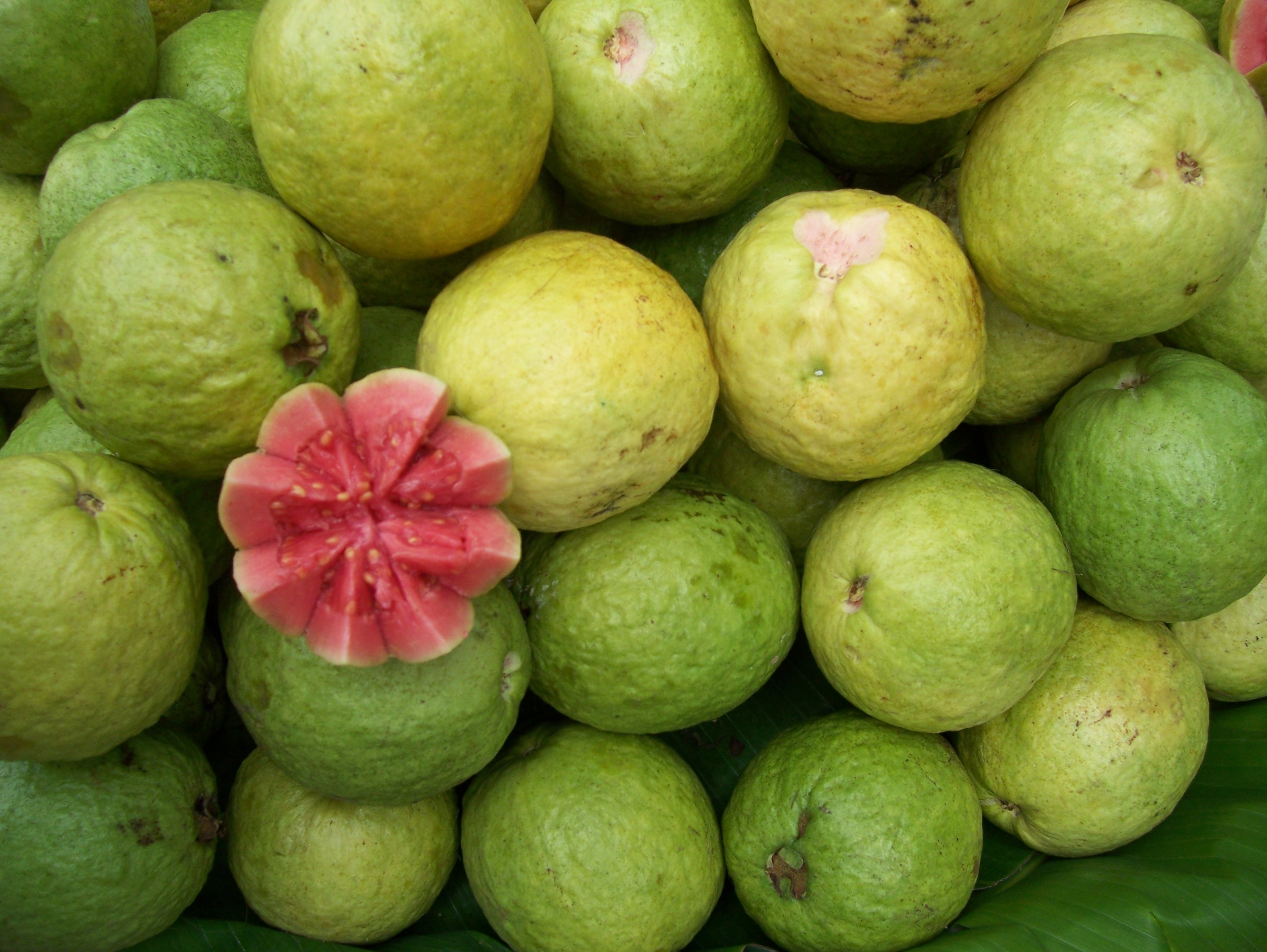An article in the Hindu titled, 'The way to get man back on his feet' has the following paragraphs in it:
Some one needed to deconstruct the seemingly incoherent article and Amar Ghaisas took up that charge. He tries hard to uncover what the author, who is a former professor of cardiology, Middlesex Hospital Medical School, University of London and former Vice-Chancellor, Manipal University, might mean in his bizarre usage of the terms such as 'holistic medicine', 'alternative therapies', 'eastern philosophy' and 'quantum physics'. But try as he might, he fails to find any coherent scientific explanation for those thoughts.
See Amar's detailed effort here.
"It is the invisible forces of electromagnetic energy that keep us alive and all those frequencies like cellphones, microwave ovens, radio frequencies and even the scalar energy affect our DNA, RNA and protein synthesis."
"An added advantage is that energy signals travel at a phenomenal speed of 1, 86,000 miles per second, while chemical transmission is just one centimetre per second!! While drugs take months to get one back on one's feet after a major illness, energy healing takes only hours to days!"The Hindu, is an English daily in India with the third largest readership amongst Indian English dailies (~2.16m). It is also amongst the very few India dailies that have their own science reporters and I've always held their coverage in high regard. This article features in their open pages in the opinions section. I can assume safely that either they wanted the author to be ridiculed or that their standards have indeed fallen.
Some one needed to deconstruct the seemingly incoherent article and Amar Ghaisas took up that charge. He tries hard to uncover what the author, who is a former professor of cardiology, Middlesex Hospital Medical School, University of London and former Vice-Chancellor, Manipal University, might mean in his bizarre usage of the terms such as 'holistic medicine', 'alternative therapies', 'eastern philosophy' and 'quantum physics'. But try as he might, he fails to find any coherent scientific explanation for those thoughts.
See Amar's detailed effort here.




















